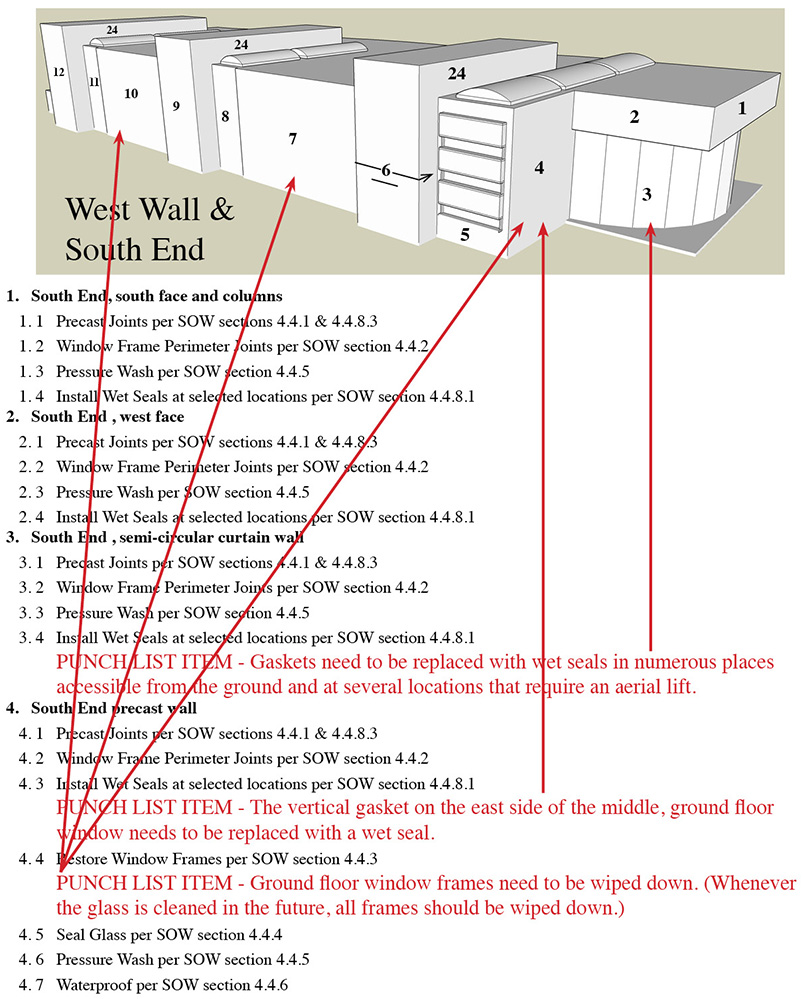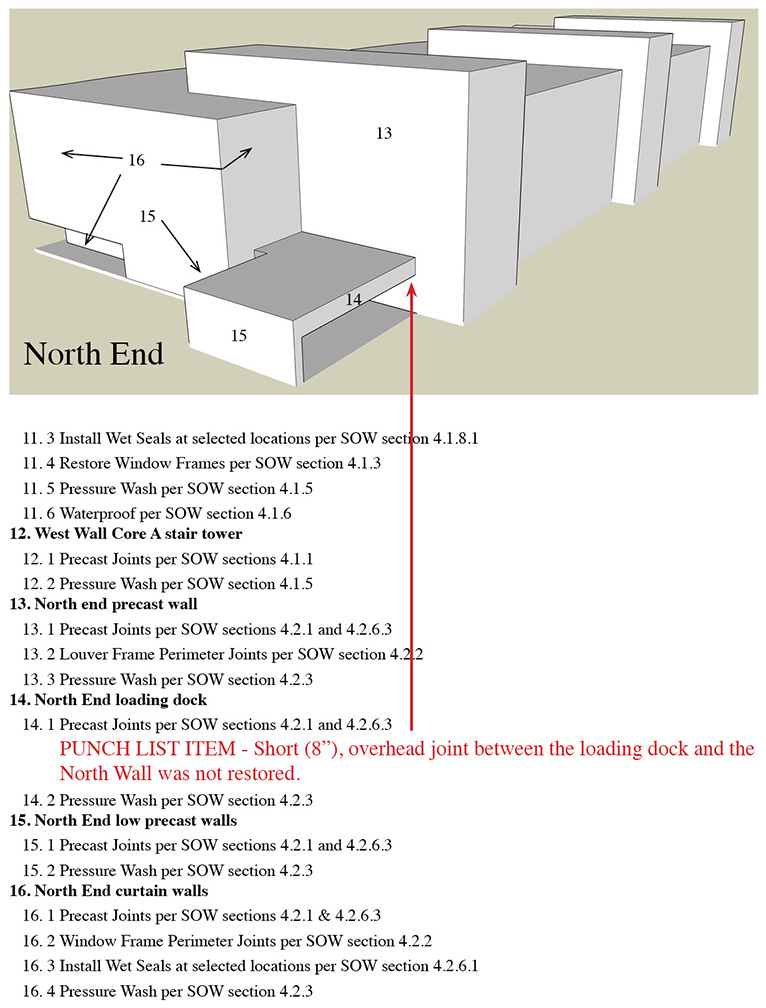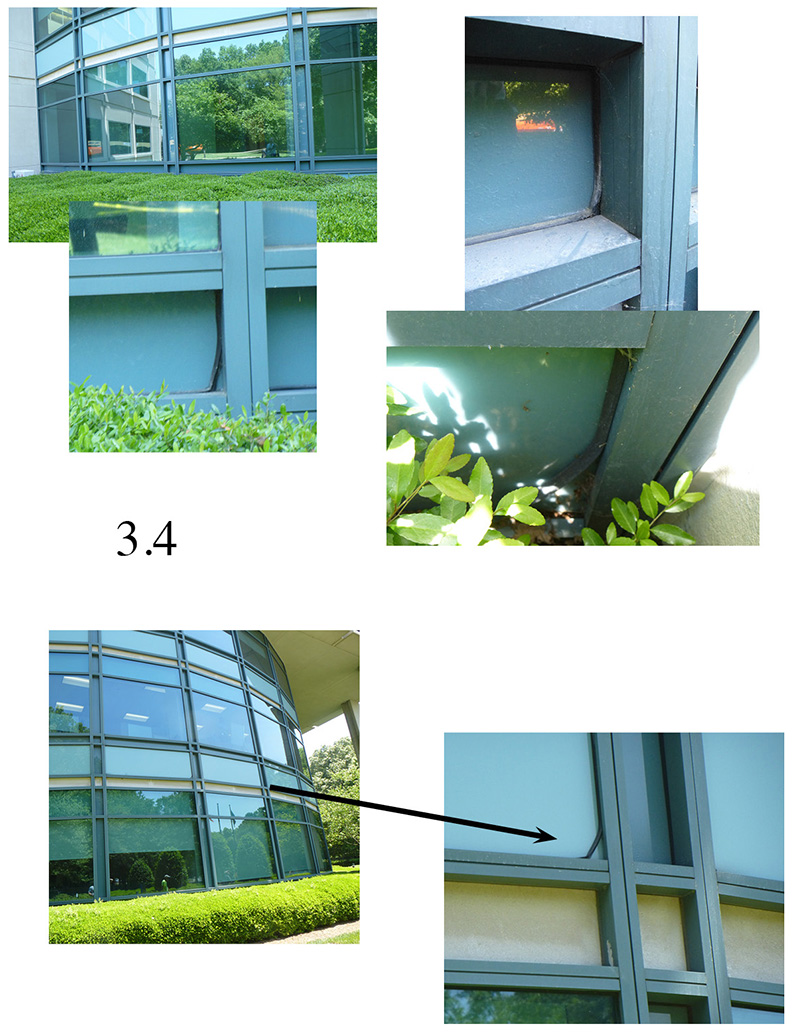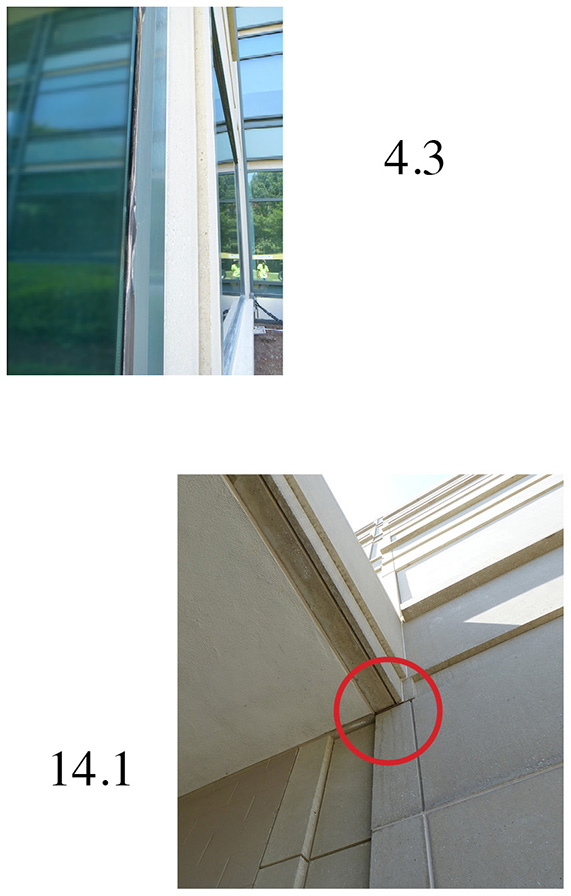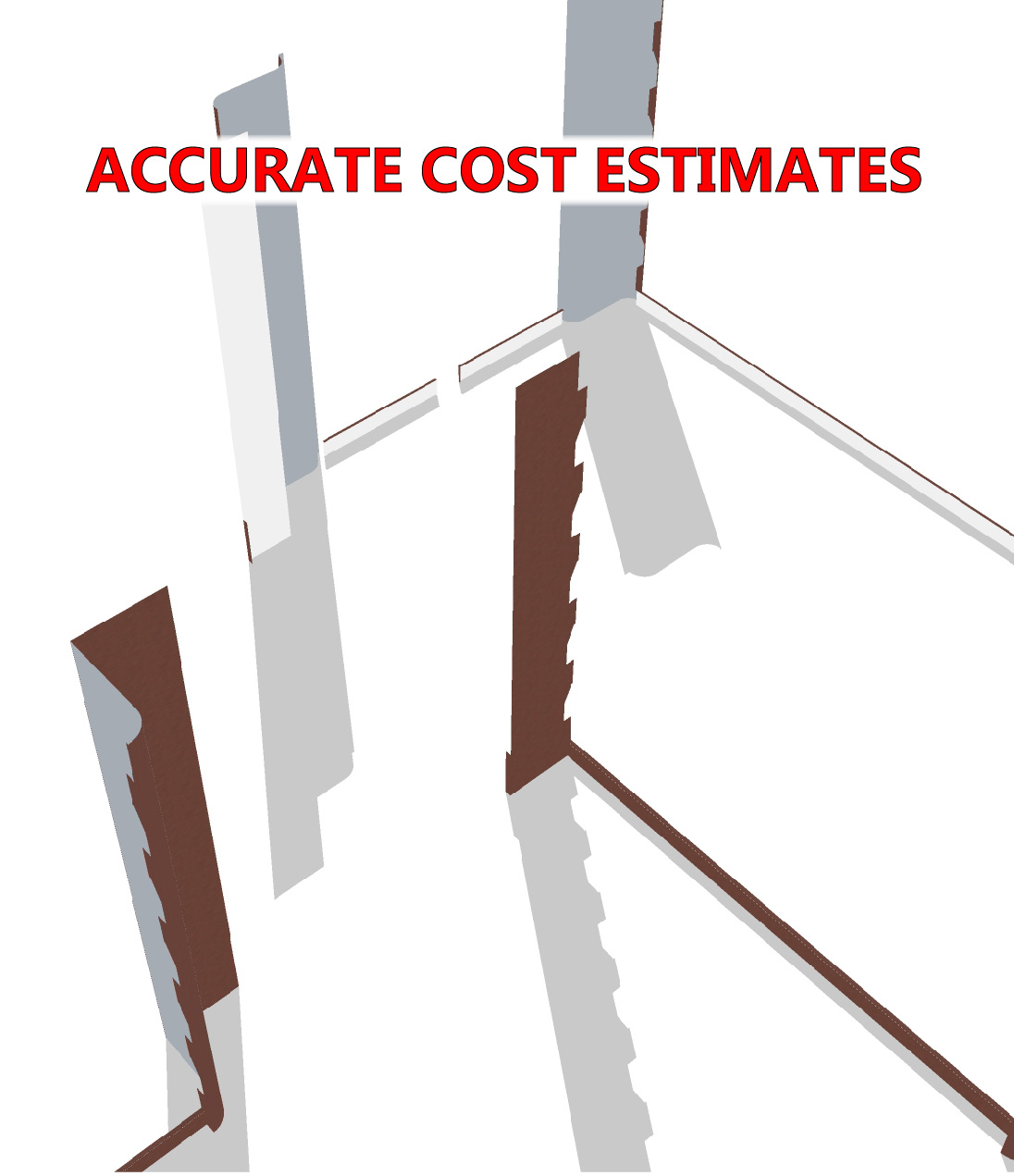Step 1 – Building Survey, Analysis and Assessment
Step 2 – Statement of Work and Specifications
Step 3 – The Bid Process
STEP 4 In The Commercial Building Restoration Project
EXECUTION & PROJECT MANAGEMENT
One way to ensure at least limited failure if not disaster is to not manage the project. A lot of work will have been completed prior to the arrival of mechanics with their tools. Requirements and conditions will have been written and agreed to. A production schedule will be in hand so a promised completion date will have been established. Specifications will have been provided and explained. The owner or their representative will have confidence that the contractor is qualified. In general, all the principle personnel will be on good terms with each other and there should be no reason to believe that anything will go wrong, except that it will. Accidents happen. People quit and are victims to the vicissitudes of living on Earth. Weather is predictable but the results may not be. And, oh yea, people make mistakes, and sometimes people try to get away with things that cost others (like the owner) money. For these, and many other reasons, the preliminary work, such as creation of a complete and unambiguous Statement of Work, must be solid and the project must be managed all the way to the end.
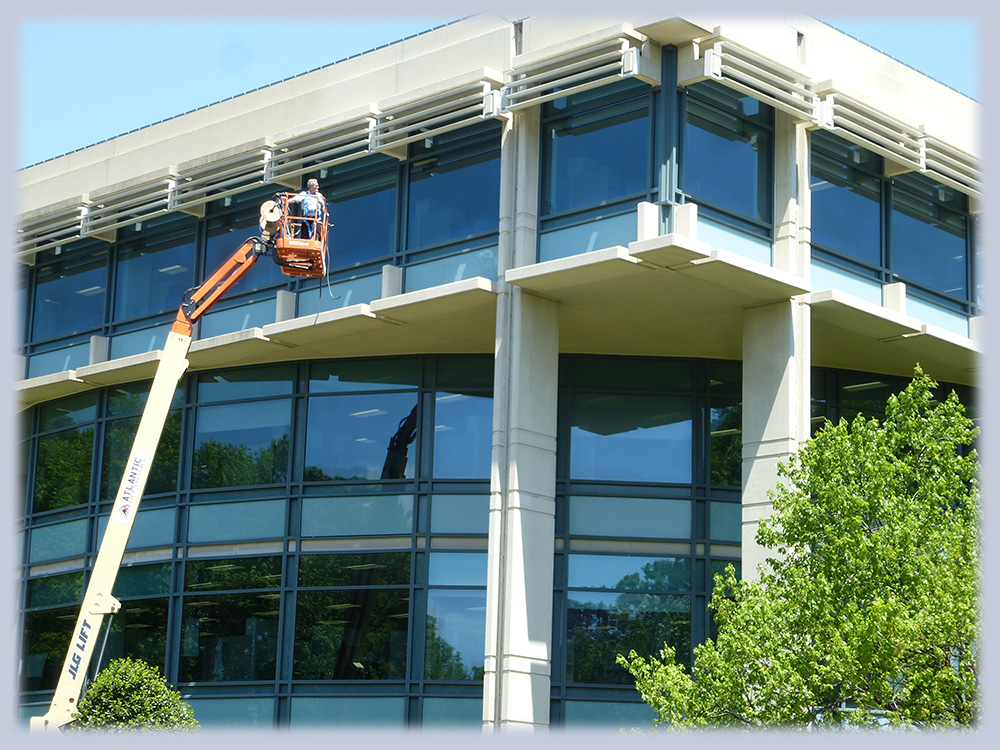
In many cases the Building Manager is the Project Manager and the restorations project may be one of several for which he or she is responsible. An ambitious Building Engineer could manage a restorations project although few in that field have the requisite experience and temperament for the task and not many have the time. Sometimes development companies, REITs, and other business entities that own or manage multiple properties will have management personnel they can dedicate to larger projects. Consultants are sometimes hired to represent the owner’s interests, which is an approach that falls under the “ounce of prevention” category (a form of preparation touched on in an article titled, “Be Ready for What May Come” in The Green Files blog on PaintSquare.com.)
The reasons why large projects have to be carefully and continuously managed include:
1. SAFETY
Regardless of the contractor’s previous record, or his current commitment to safety, the owner has a responsibility for the safety of those working on the project, the building occupants and the public.
2. QUALITY
Two of the contract documents, the Statement of Work and the specifications, call for quality work and it is expected, but that expectation is most likely to be realized if the work is monitored by someone with the owner’s interest in mind. The men on the scaffolds, with tools in their hands, are the ones who have the most to do with the quality of the work and most strive to do it well. But their efforts need to be scrutinized to ensure that the entire job is done well.
In new construction inspections are required. Permits won’t be issued and the building can’t be occupied without them. Restoration projects don’t have the same legal requirements but if the work isn’t checked it’s likely that corners will be cut, specifications will be overlooked and the owner won’t get what he paid for. Of course the contractor’s managers are responsible for supervision of their employees but trust can’t be the only means of ensuring that proper oversight is taking place. Someone who doesn’t work for the contractor must inspect the work, check that warranty requirements are being met and address questions on conditions and other matters as the work progresses.
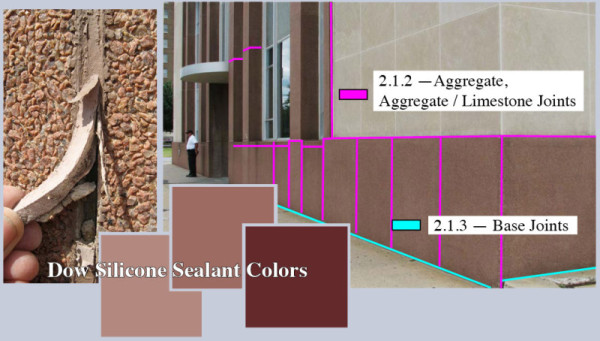
In his excellent reference book, “Construction Waterproofing Handbook“, author, Michael T. Kubal cites two principles. The first is the “90%/1% Principle” which says “90 per cent of all water intrusion problems occur within 1 per cent of the total building or structure exterior surface area.” The second principle is the “99%/1% Principle”. That principle pertains primarily to workmanship because it states that “Approximately 99 per cent of waterproofing leaks are attributable to causes other than material or system failures.” In way of explanation for the 99%/1% Principle Kubal writes, “When considering the millions of square feet of waterproofing systems installed, it can be estimated only 1% of envelope failures and resulting leakage is actually attributable to materials or systems actually failing. The reasons typically involved in failures include human installation errors, the wrong system being specified for in-place service requirements, the wrong or no primer being used, inadequate preparatory work, incompatible materials being transitioned together, and insufficient or in certain cases such as sealants, too much material being applied.”
Typical sealant restoration projects include tens of thousands of linear feet of joints. If one inch of those thousands of feet was not sealed there could very well be a leak and the project will have only been partially successful. If six inches aren’t sealed in four different areas many will consider the project a failure. The occupants of the offices with leaks will be among them. The principles cited by Mr. Kubal are why many of the tasks undertaken or directed by project managers to ensure quality are so important.
3. NON-INTERFERENCE WITH TENANTS AND BUILDING OPERATIONS
It’s possible that restorations projects will be no more than a minor inconvenience to the building’s occupants. It’s much more likely for that to be the case if there’s competent oversight and management by someone other than the contractor. Restoration operations can be noisy and volatile organic compounds (VOCs) in some coatings and sealers can produce odors. The men doing the work won’t find either of these conditions offensive but if others do, steps may need to be taken. Obstruction of exits and patios, overhead protection, access to work areas through office spaces, elevator and stair use, closing of parking areas and privacy are just some of the things that can come up that can conflict with the tenants and therefor the owner’s source of revenue.
4. SECURITY
People not normally on the building premises will be there daily, and in many cases nightly, during restorations projects. Those strangers will come to have intimate knowledge of the building and they will be using ladders and aerial lifts and installing scaffolds that provide access to areas that are normally inaccessible. They’ll need roof access, passes, keys, contact information and other accommodations. Meeting these requirements rarely leads to any nefarious acts but the same can be said for lack of the proper safety protocols. Security, like safety, needs to be a matter of conscious effort and if a problem occurs because such an effort wasn’t made responsible parties may be found negligent.
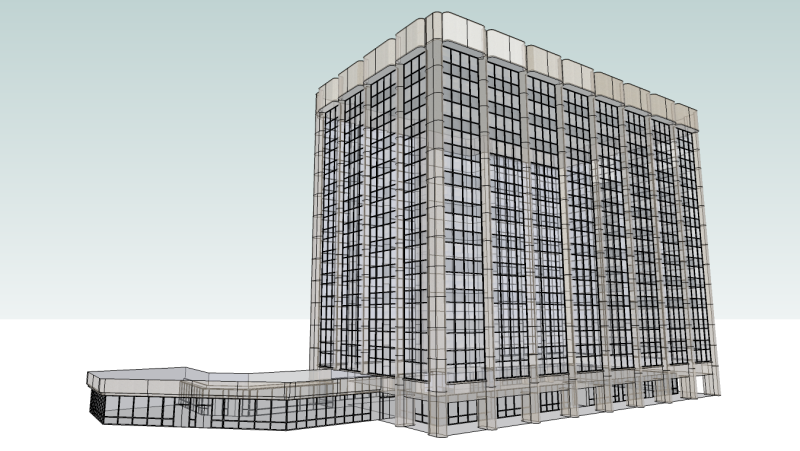
5. CLEAN-UP & WASTE DISPOSAL
6. SITE & BUILDING PROTECTION
The Statement of Work will specify that the building and grounds are to be essentially unaffected by the restoration activities, but like everything else, meeting the requirement calls for diligence. Verifying that grass and plantings, parking lots and vehicles, parapets, ledges, glass, window frames and roof surfaces are protected is prudent. The interior spaces through which workmen and their materials and equipment must pass must be monitored too. Elevators, lobbies and interior spaces adjacent to the doors and windows used for roof access are particularly vulnerable to damage, the most common being caused by sealant on workers feet.
7. SCHEDULE COMPLIANCE
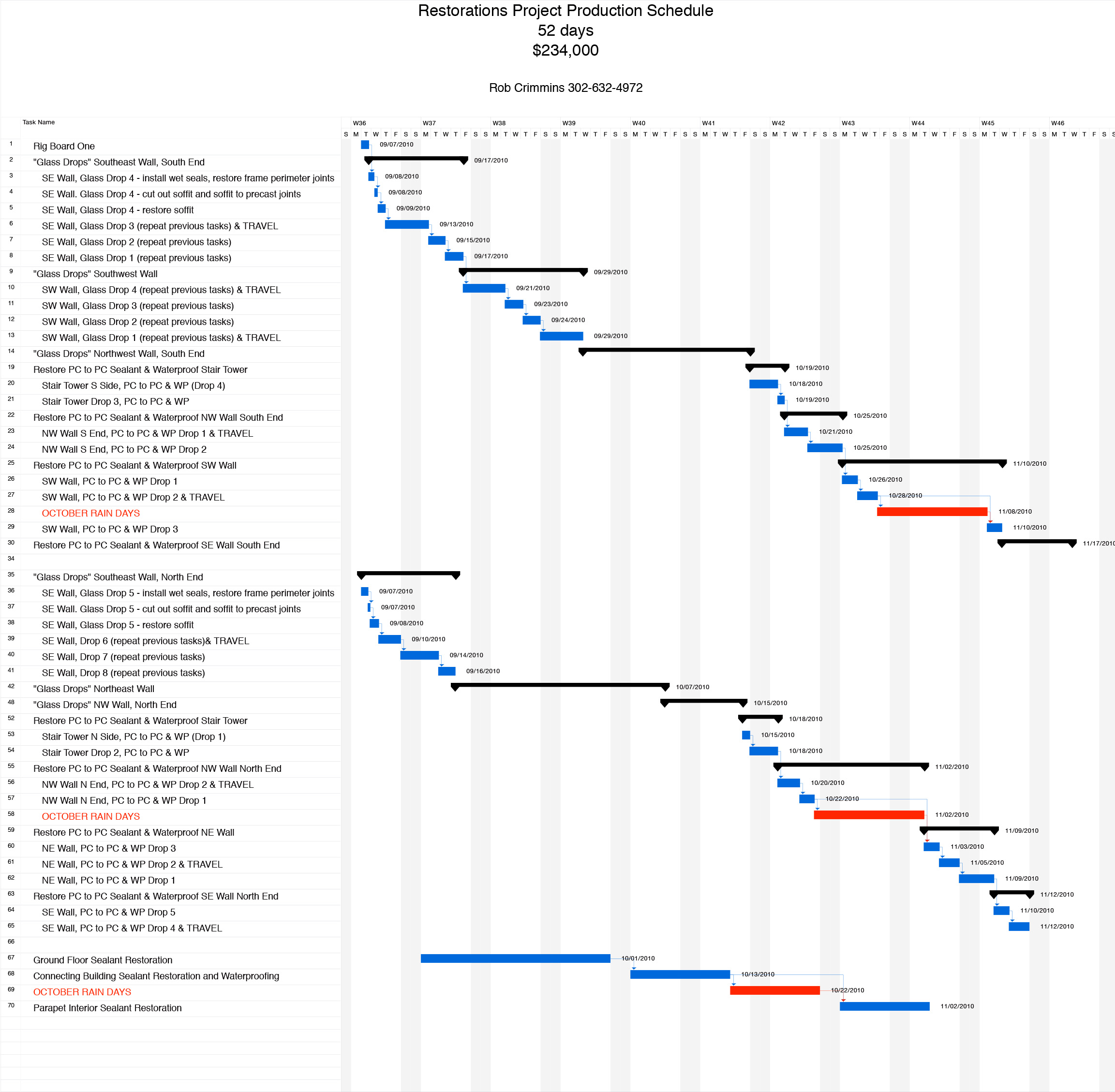
A well run project will include regular job meetings attended by the Project Manager, the Building Manager, which may be the same person, the contractor’s Operations Manager and perhaps the Building Engineer and the contractor’s foreman. If there is a Consultant, he too will participate. The production schedule should be the first item on the agenda. Action needs to be taken anytime it appears that completion dates on the schedule will be missed and, of course, if dates have been missed more urgent action is called for.
8. INVOICING / PAYMENTS
Projects that take more than one billing period will involve multiple invoices. Someone has to approve requests for payment so obviously he or she must know what’s been done and that the invoices comply with all the requirements such as the inclusion of lien wavers and retainage.
9. LIABILITIES AND RISK MANAGEMENT / INSURANCE
Certificates of Insurance that indicate that the contractor is adequately covered and that the coverage will be in effect for the duration of the project have to be obtained before the start of work. It’s a crucial requirement, but the things that insurance policies cover are not the only risks that the parties need to be concerned with. They’re not especially common in restorations projects but disputes do occur and they can be costly. Preparing for and effectively managing them can be very important. Who Is Managing Your Contract Risks by Carrie L Ciliberto, Esq., in Design Cost Data magazine cites contract clauses in ConsensusDocs standard contracts that deal with properly allocating project risks. Among the risks mentioned are the owner’s financial strength, unknown site conditions and disputes.
10. PROJECT / WORK RECORDS
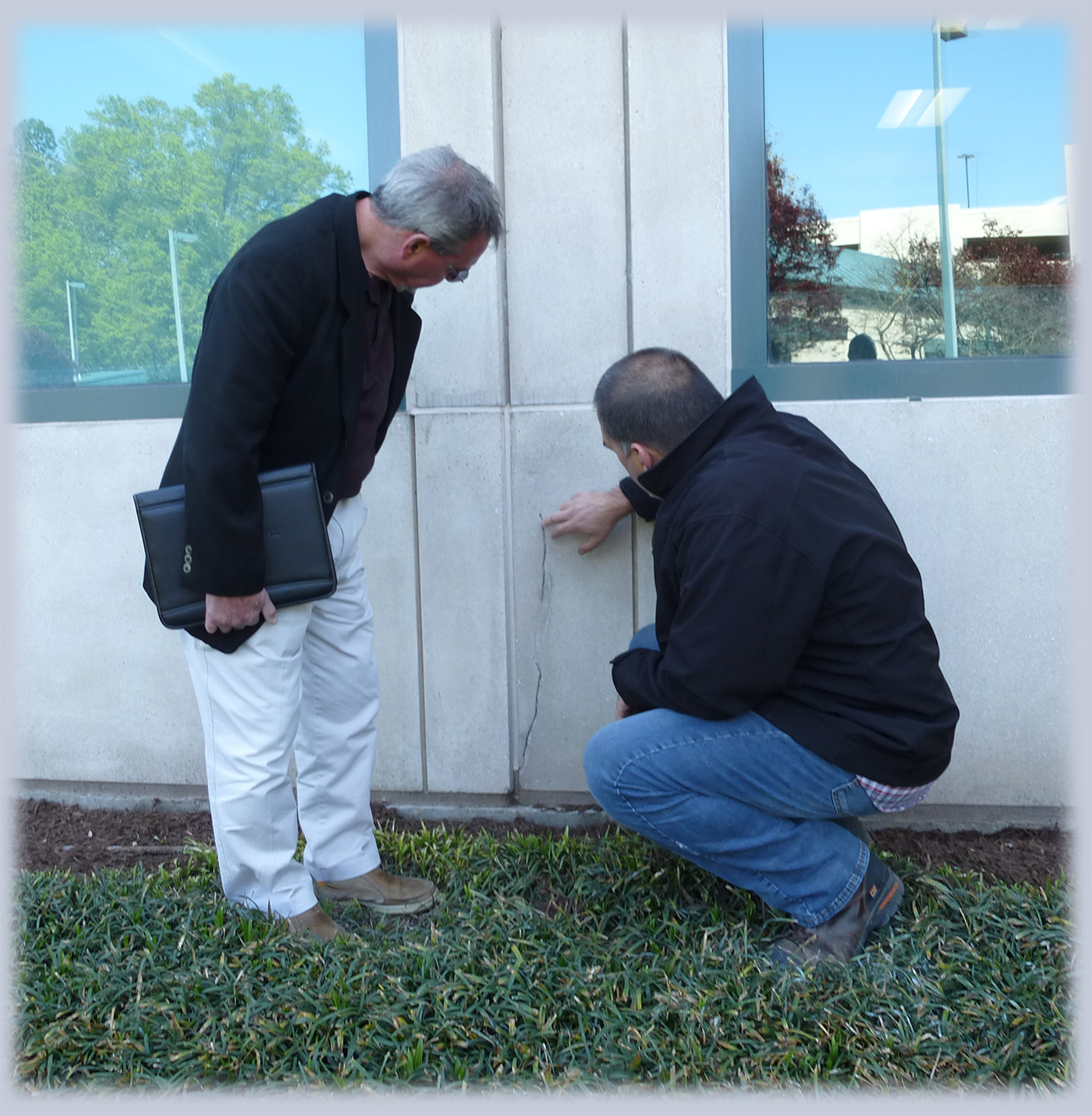
The contract documents are the initial group of project records that need to be maintained and preserved. These include the signed contract, the Statement of Work, the specifications, all change orders, drawings, material technical data sheets and Material Safety Data Sheets (MSDS). Other records that may be kept are the minutes or summaries of the pre-bid meeting (or “Bidders Conference”), the pre-construction meeting and the progress meetings. Regular checks on the work and work progress should be documented. The days when work is delayed due to weather should be recorded. Should the weather be blamed for schedule delays such a record will be crucial in resolving any resulting disputes. Test reports should be preserved and the contractor has to keep in-process records as called for in the specifications and as required to receive warranties. Finally, punch lists have to be created and referred to in order to know what’s been missed and that those items have been completed. These are part of the Close Out documentation, another category of records that should be preserved.
11. WARRANTY REQUIREMENTS COMPLIANCE
Warranties for sealants, coatings, sealers and other materials are only issued by manufacturers if their requirements are met. The contractor has to perform the tests and provide the information the manufacturer calls for. If the project manager knows what those requirements are he’ll ask if they’ve been met. In most cases complying with the manufacturer’s requirements is the contractor’s common practice but there are exceptions so it never hurts to ask about it.
12. PUNCH LIST & CONTRACT CLOSE-OUT
Punch lists for restorations projects should be created on a fairly continuous basis, not just at the end of the project. This is because of the nature of the work and access to it. When the work is done from scaffolds, inspections should be done before the scaffold is moved to other work areas. Relocating swing stage scaffolds back to walls to which they were previously rigged is very inefficient. It’s also inefficient to be constantly doing inspections and creating punch lists so those activities need to be discussed in the progress meetings and included in the work flow. The punch list pictured here includes 3D representations of the building. The punch list items are located on those images, they are numbered, and they are identified according to their section in the Scope of Work. This method makes them easy to locate, facilitates the check needed to verify that they’ve been tended to and that they are actually part of the contract and should have been completed.
